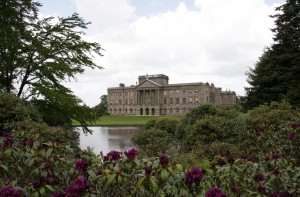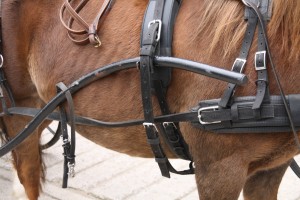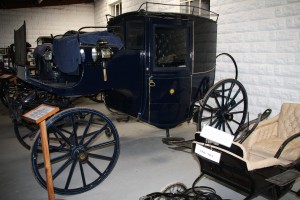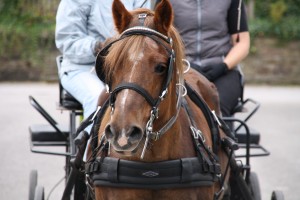 The books on my shelves had to move closer together – again. I couldn’t resist buying these non-fiction books about the Regency. Was it worth spending the money?
The books on my shelves had to move closer together – again. I couldn’t resist buying these non-fiction books about the Regency. Was it worth spending the money?
Find my reviews below.
Dear Regency Enthusiast
 The most entertaining way of doing research for your novel is by travelling. In many towns and historic houses you can still find traces of the Regency and its famous or infamous people. Visiting the right places is almost as good as travelling back in time to the Regency era. I went to many such places in the past years, and to give you an idea of what’s waiting for you, I have written a series of articles about the places, the related people and the history. Continue reading
The most entertaining way of doing research for your novel is by travelling. In many towns and historic houses you can still find traces of the Regency and its famous or infamous people. Visiting the right places is almost as good as travelling back in time to the Regency era. I went to many such places in the past years, and to give you an idea of what’s waiting for you, I have written a series of articles about the places, the related people and the history. Continue reading
In my post “Falconry in the Romantic Age”, I described that falconry was still practiced in the Regency period by gentlemen and ladies alike. Just as scriptwriter Andrew Davies, who used falconry in the movie adaptation of “Sense and Sensibility” to characterize Colonel Brandon, you might want to include falconry in your novel. You could create a thrilling hunting scene or have your heroine impress your hero with her falconry skills.
In the Romantic Age, Falconry was called hawking. To get an idea of how a character of a Regency novel would experience hawking, I took a discovery course in this noble sport myself when I went to England last year. I had pre-booked a half-day experience at The Birds of Prey & Conservation Centre at Sion Hill Hall, near Thirsk, Yorkshire. There are of course many other falconry centers in the UK, and also some country hotels that have similar offers.
Falconry is sooo Henry VIII, right? It is difficult to imagine any self-respecting Regency dandy with a bird of prey on his fist. It might ruin his perfectly cut jacket!
 For sure, the noble art of falconry was not a typical sport in the Regency period. It had suffered in popularity ever since the Puritans had frowned upon it in the 17th century. Furthermore, modern weaponry had made it easier to hunt birds and small mammals with a gun than with birds of prey. But falconry hadn’t died out.
For sure, the noble art of falconry was not a typical sport in the Regency period. It had suffered in popularity ever since the Puritans had frowned upon it in the 17th century. Furthermore, modern weaponry had made it easier to hunt birds and small mammals with a gun than with birds of prey. But falconry hadn’t died out.
If you have watched the 2008 adaptation of “Sense and Sensibility”, you will remember that Colonel Brandon was portrayed as a gentleman who practiced falconry. Even if this is not in accordance with Jane Austen’s novel, scriptwriter Andrew Davies may have chosen to do so because it allowed him to show that Colonel Brandon was a gentleman able to tame the wild and passionate (i.e. Marianne). But it is also true that falconry was revived in the late 18th century. The sport owes its survival in the Romantic age to a handful of gentlemen. They were fascinating characters, if not to say famed-famous. One of them used to live in a place the avid Austen fan knows as “Rosings Park” in the mini-series “Lost in Austen”.
Continue reading
In this post:
Burton Constable Hall is located 3 miles (5 km) south-east of Skirlaugh, Yorkshire.
Burton Constable Hall is famous for the “Cabinet of Curiosities” of one of its most remarkable owners, William Constable.
“Cabinets of Curiosities”, also known as “Cabinets of Wonders”, were collections of objects from natural history, geology, ethnography, archaeology, religion, alchemy and art. They became popular in the late Renaissance era. Originally, only royalties possessed the fortune and the opportunity to collect in grand style, but by the 18th century many gentlemen sought to acquire the latest scientific instruments and unusual objects from around the world. So did William Constable. His collection is today the most important scientific collection by a gentleman from the late 18th century that is on display in a country house. The collection is substantially intact and still has the original labels. (1)
If you visit Burton Constable Hall, the Cabinet of Curiosities is a must-see, but you will also enjoy the 30 rooms filled with fine furniture, paintings and sculptures. The exotic Chinese Room was inspired by the Prince Regent’s Royal Pavillon in Brighton. (1)
Continue reading
Developing a plot for a novel can be tricky. Today, Sarah Waldock, author of Regency romances and historical mystery stories, presents an amazing creative method: Writing by dice.
Her post offers a unique insight into the creative process and shows how the element of chance can be successfully employed to enhance a plot.
People often ask me how a writer develops a character for a novel. I usually answer:
“It’s easy. You simply make up his or her life.”
This answer is not always helpful, because the most frequent reply is:
“Oh, make it up – but I don’t know how to do that.”
This post is dedicated to all persons who feel fobbed off by my aloof advice. Today, I will explain the development of a character properly. To give you an insight into the creative process, I will use a “real life” example.
Continue reading
In this post:
• An illegitimate son rescuing the family seat
• Abduction!
• A haunted bedroom
Lyme Park is located two miles south of Disley, Cheshire.
It goes without saying that every Regency Enthusiast knows Lyme Park as Mr Darcy’s Pemberley in the Pride & Prejudice series with Colin Firth and Jennifer Ehle. But drama and romance at Lyme Park are not limited to movies. It has its own drama and romance in an incident worth a Wickham/Darcy tale.
Continue reading
Many readers of Regency novels are fascinated by driving a carriage: It’s partly romantic, partly adventurous and in our accelerated times comfortingly nostalgic. Most people of the Regency period would shake their heads at such attitudes. To them, driving a carriage was mainly a means of transport and not even a convenient one: Stage coaches were crammed with passengers, accidents happened frequently, and to become sick in a carriage wasn’t unusual.



To find out how travelling in a coach felt like 200 years ago, you can visit the museum of travel and traffic, “Deutsches Museum Verkehrszentrum”, if you happen to come to Munich, Germany. There is a simulator of a historical coach waiting in Hall II. Climb in and experience the Regency period.
If you are really serious about researching carriages and carriage driving in the Regency period, there is a more hands-on option.
Continue reading